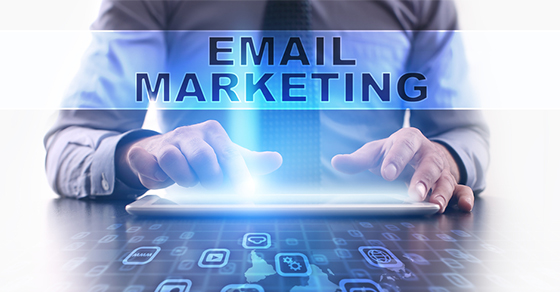Email marketing campaigns are taking off. Every year they account for a larger percentage of online leads. However, just like other online marketing, email marketing needs work to become effective and optimized.
Keep it simple
A/B testing is a standard marketing practice because it is the most simple way to conduct market research. No focus groups, no polls, and only two possible outcomes. Even when using this simple method, it is worth taking steps to make it even more simple. Break up proposed changes to your campaign into the smallest, simplest, most elemental changes possible. Then, for each round of A/B testing, only try out one simple change at a time.
Run A/B testing for a long time and pick lots of changes
There are many different parts of an email campaign to optimize. Make a list and go through it, one change at a time. It could take months or years, but you will see your leads increase. Run A/B testing for at least the following areas of optimization.
Timing of mass emails
Marketers are divided on the issue of what time is best for email campaigns. Some say right at the end of the workday, so the email will show up in inboxes as consumers are just going home and checking their email. Others say after 8:00 PM but before midnight, when consumers are settling in after their day. In some campaigns, especially ones looking to attract business buyers, sending an email during the workday is best. When testing timing, first test which of the three time blocks: during business hours, 5:00 PM to 8:00 PM, or 8:00 PM to midnight works best. Then, test within that time block to find the absolute optimum time to send emails.
Timing of specific replies
If your campaign is tiered so that different emails are sent in reply to demonstrated interest, you can optimize the tempo of replies. Depending on your business and customers, people may feel pressured by fast replies or feel grateful for the speedy service. Additionally, a customer’s desired reply time might change as they go through the sales process. Use A/B testing to try out different reply times and see what gets the most bites.
Format
Format is important in email because you don’t want to come off as a spammer. Experiment with different image densities, subject lines, and text formatting for best results. Also, keep in mind that many people access their email via mobile devices; therefore; you should be testing how your email format renders on multiple screens.
Content
This is more traditional and depends on your content team’s ideas. Try out different themes, images, and ad copy to find the diamonds in the rough among your content team. The most important part of the content is the offer and value proposition being made. Do you guarantee price or quality? Do you offer 50% off or $300 off (even if these are the same thing)? How about free shipping or customer loyalty programs? Finding out which of these your email targets like will give you useful knowledge for your marketing strategy as a whole.
Once you have planned your changes, figure out a good metric to measure them. This could be email-generated sales, click-to-open ratios or subscription-unsubscription rates. Choose whatever you think is most relevant to the way you do business, and then optimize it!



I agree with the article, especially with timing of sending mass-emails and in the way you must send them. This plays a big role on whether most of the messages will be opened and read or be left in the bottom of the emails and slowly “die”.